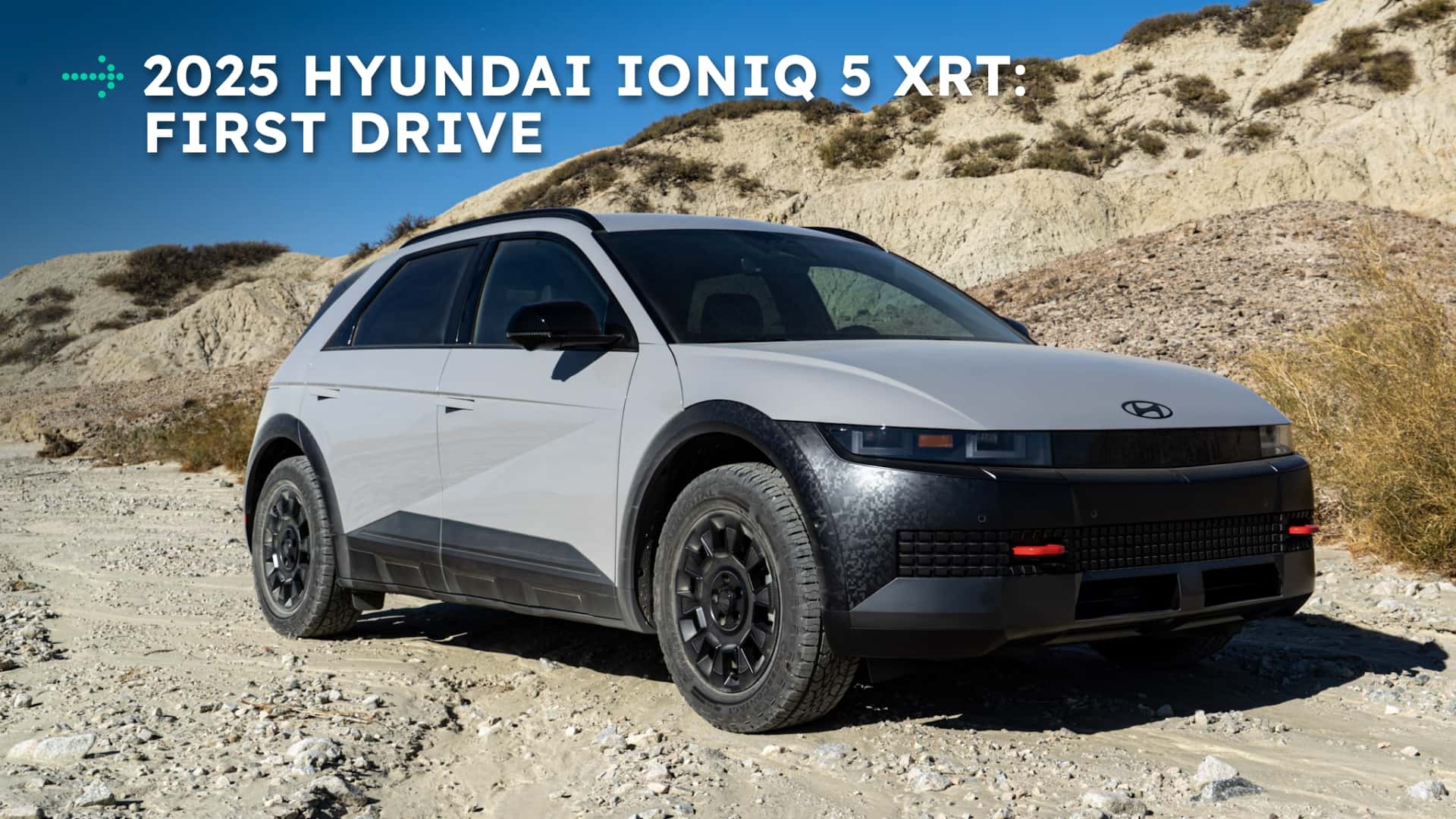
Equipped with enhanced ground clearance due to a new trim and fitted with all-terrain tires, the refreshed Ioniq 5 demonstrates its adaptability.
In large parts of these United States, you could lift a stone, toss it in whatever way you choose, and there’s a good probability it would land on a Subaru Crosstrek.
The reason for its overwhelming popularity doesn't lie in being an exceptional and captivating car. Instead, it succeeds due to a highly effective strategy: Start with a regular hatchback—a Subaru Impreza, as the company chose—and then increase its ground clearance along with giving it tougher aesthetics. perhaps add some off-road tires Next, you offer it to people living in icy regions, often travel on dirt roads, or simply enjoy outdoor escapades. The final step involves merely tallying up your earnings.
I’m convinced this is the playbook Hyundai is trying to bring to the electric vehicle world with the all-new Ioniq 5 XRT And after taking one for a spin on some dusty backroads near Palm Desert, CA, I'm also confident that this concept holds promise.
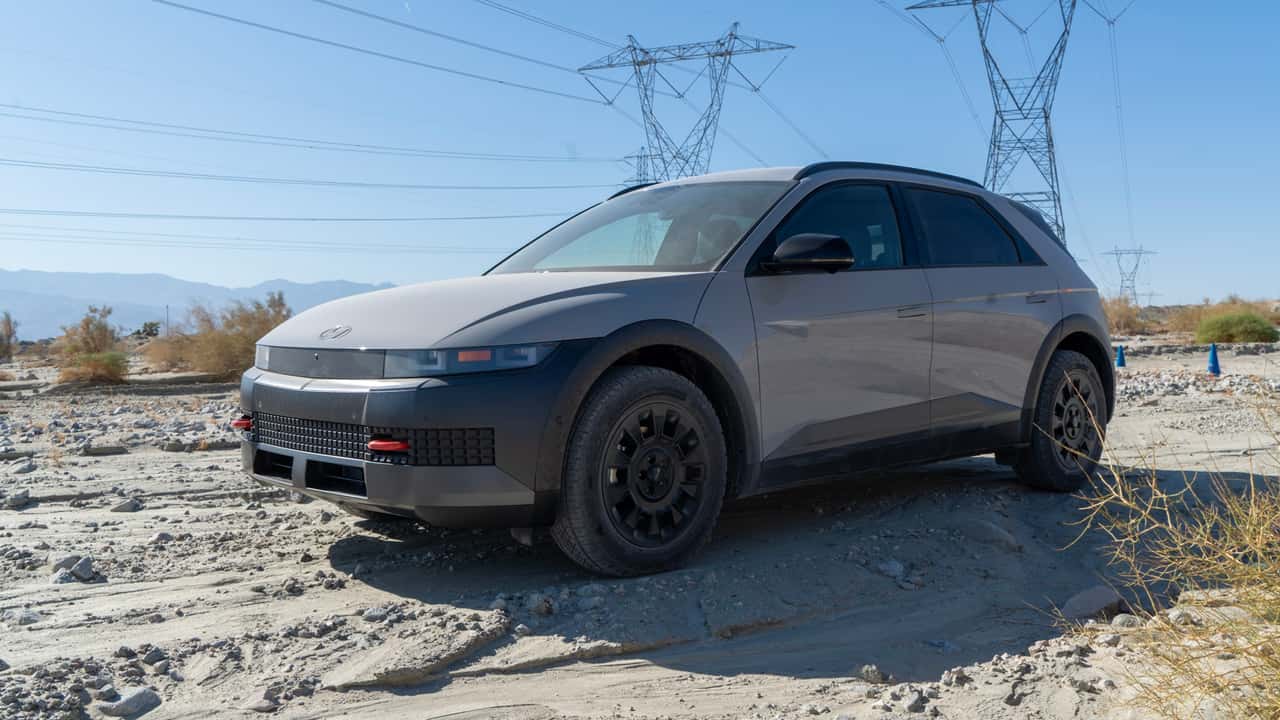
2025 Hyundai Ioniq 5 XRT: Initial Test Photos
( Full Disclosure: Hyundai paid for my travel and accommodation to California for this test.
What Is It?
Hyundai has been adding more rugged XRT trims It has had crossovers and the Santa Cruz truck for some time, but this is the first all-electric model. The XRT on the Ioniq 5 is a U.S.-specific trim level positioned just beneath the top-tier Limited version.
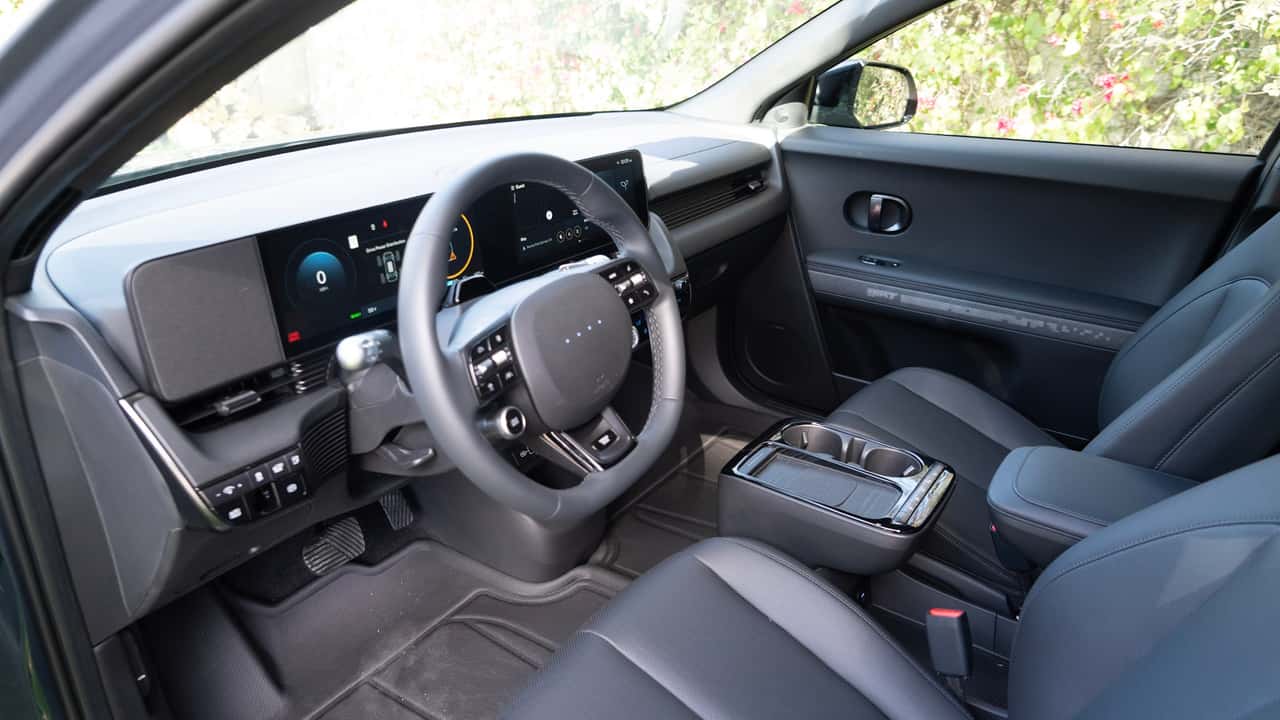
2025 Hyundai Ioniq 5 XRT Cabin
This provides an additional 0.9 inches (23 mm) of ground clearance, bringing the total to seven inches, along with distinct suspension adjustments. This increased clearance enhances the maximum approach angle to 19.8° from 17.5° and the departure angle to 30° from 25.4°, enabling better navigation over larger ditches and impediments. Visually, the most noticeable change is the fresh front and rear fascias featuring a "Digital Camo" black-patterned cladding and two vivid red tow hooks at the front end.
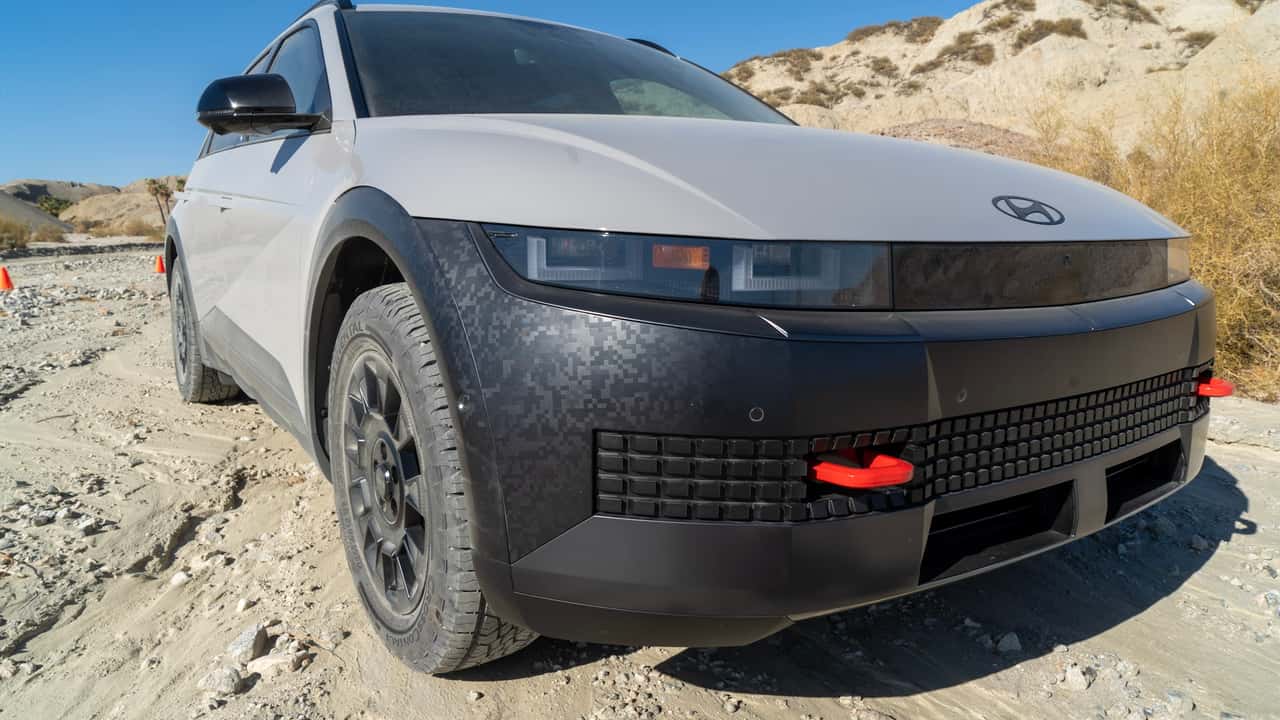
2025 Hyundai Ioniq XRT
Perhaps the most crucial aspect is the tire choice: The vehicle comes equipped with 235/60R-18 Continental CrossContact ATR all-terrain tires. Adding another layer of appeal, the XRT provides extra driving modes accessible via a "TERRAIN MODE" button located on the steering wheel—specifically for snow, mud, and sand conditions. In contrast, a regular Ioniq 5 includes just the snow setting and lacks these camouflage-pattern accents inside the cabin.

2025 Hyundai Ioniq 5 XRT
Certainly, it may come across as somewhat ridiculous and isn’t suited to every taste. "Is it any less cringeworthy when seen in person compared to how it appears in pictures?" asked the Deputy Editor, Resident IEV off-road driver Mack Hogan Sure, Mack, it certainly is; I would say that it presents an intriguing appearance while managing to be much more understated. Your typical Jeep Wrangler Cry for Help Edition that’s about to hit the same trail.
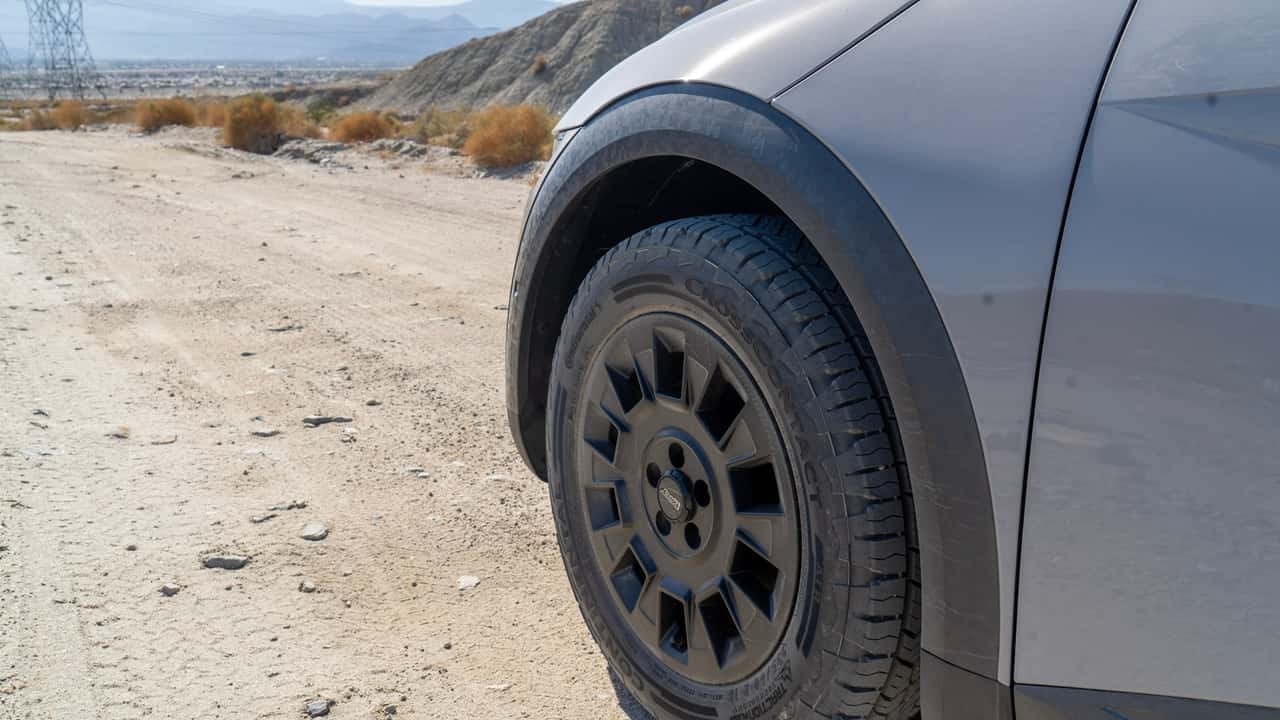
2025 Hyundai Ioniq 5 XRT: Initial Test Drive Images
The idea isn't completely original. Even Hyundai acknowledges this. Ford Mustang Mach-E Rally Operates within the same market, and let's include the Rivian R3 in that category as well (even though it's some time away). Despite American enthusiasm for unpaved roads, this remains largely unexplored territory in the electric vehicle sector. It surprises me that nobody has tackled this before. A minimum of one Hyundai strategist informed me that they foresee decent demand yet with a niche appeal; approximately 10% to 15% of newly purchased Ioniq 5s are expected to be XRT versions.
From what I've gathered from off-roading experiences, understanding one’s limits is crucial. There's no doubt about it; these improvements prepare the Ioniq 5 for mild off-road conditions rather than intense rock climbing. The front hooks might work well enough, yet at the back, the sole rescue point remains the conventional tow hook. Unlike specialized off-road vehicles, it lacks adjustable suspension or differential locks. There isn’t a spare tire available at all. .
Let’s just assume the Rivian R1S isn’t losing any sleep over this vehicle. Once again, compare it to a Crosstrek rather than a 4Runner.
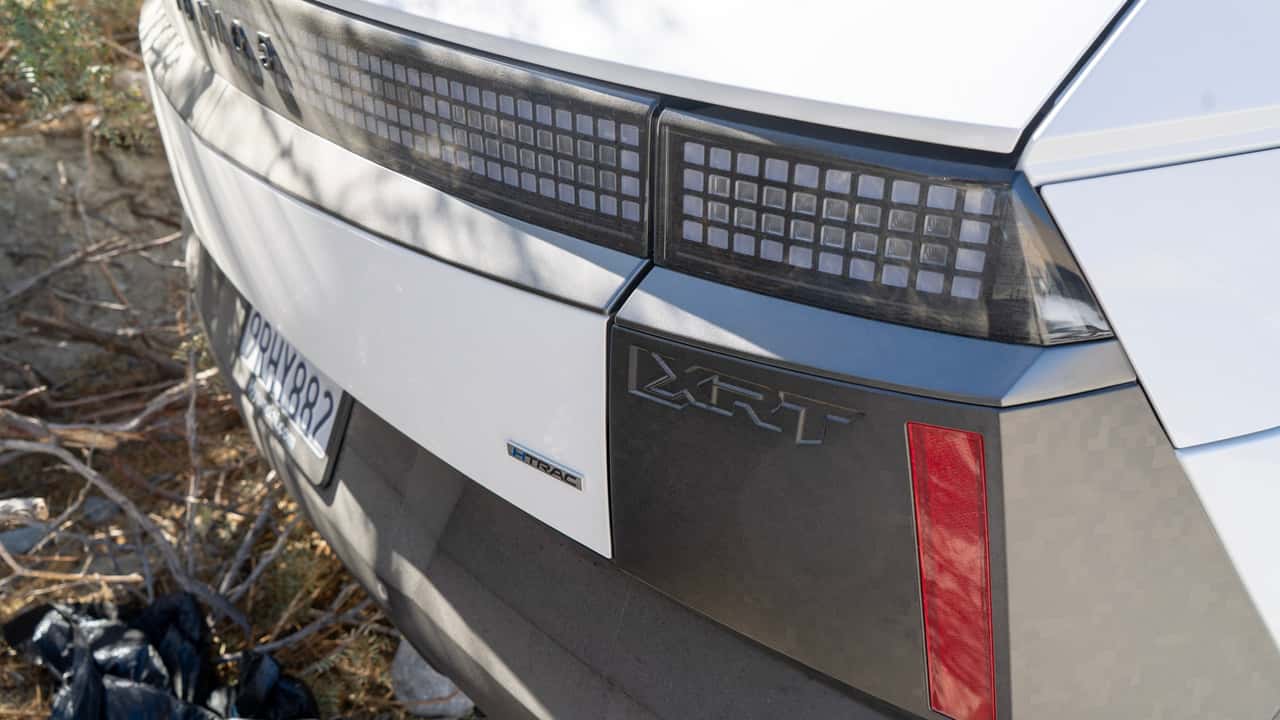
2025 Hyundai Ioniq 5 XRT: Initial Test Drive Images
Nevertheless, Hyundai made certain compromises to enhance its off-roading capabilities. These changes include new tires and increased ground clearance but result in reduced driving range. The XRT comes exclusively equipped with twin electric motors and the bigger 84-kWh battery pack. According to the Environmental Protection Agency (EPA), this setup provides an estimated range of only 259 miles—more than 30 miles less compared to the Ioniq 5 SEL version and about 10 miles fewer than the fully-loaded AWD Limited variant. (Should you require dual motor power along with extended range, consider opting for either the SE or SEL trim levels of the Ioniq 5 instead).
When testing most Hyundai electric vehicles, they tend to exceed their claimed range during actual use, though this figure remains somewhat modest compared to current standards. It might be worthwhile to ponder whether the additional capabilities justify the cost for you. For instance, when my car was charged to 85%, with an ambient temperature of 80°F (27°C), it indicated a range of about 190 miles—similar to what I observed in my Kia EV6 under chilly conditions.
On the positive side, similar to all non-Ioniq 5 models, this vehicle is manufactured in the U.S. and comes equipped with a Tesla-style North American Charging Standard (NACS) connector, allowing for native Supercharger use right out of the factory.
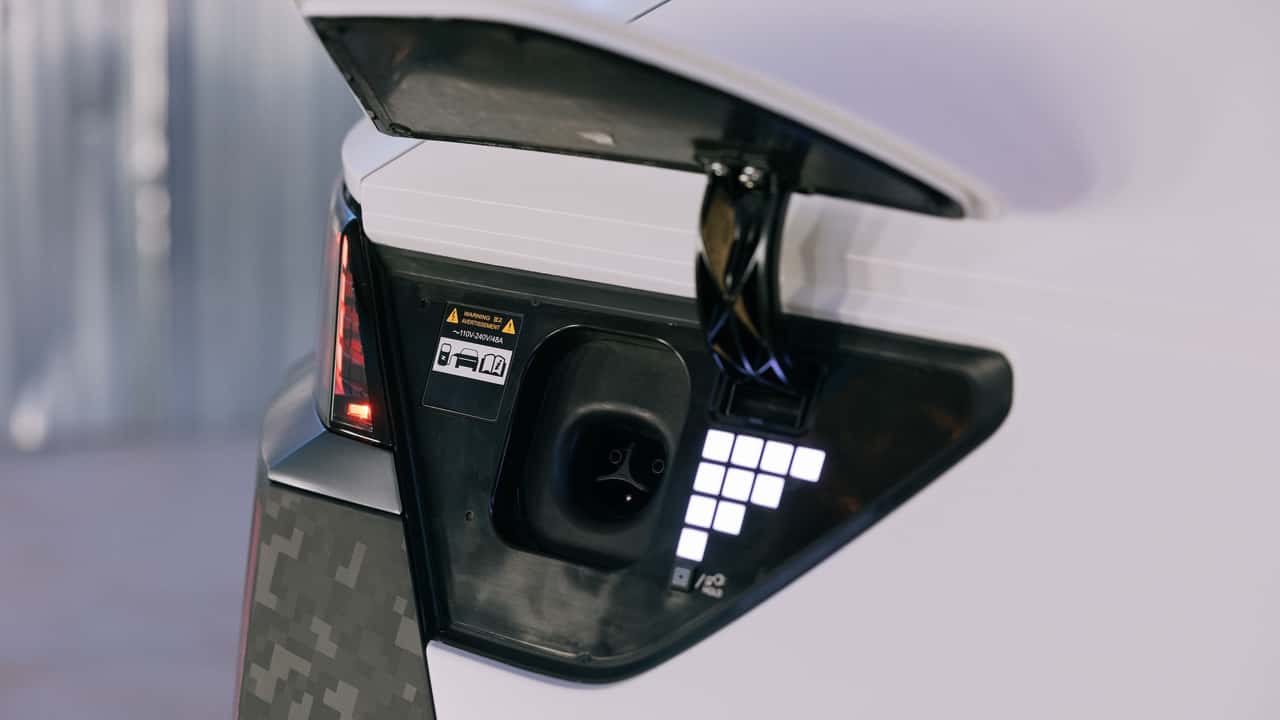
2025 Hyundai Ioniq 5 XRT
How Does It Drive?
To be honest, I initially had my doubts about the Ioniq 5 XRT. I believed it to be an artificial SUV, just a marketing ploy designed to make it appear more American. It seemed similar to how European station wagons often receive additional ground clearance and exterior trim when they're introduced in the U.S. market.
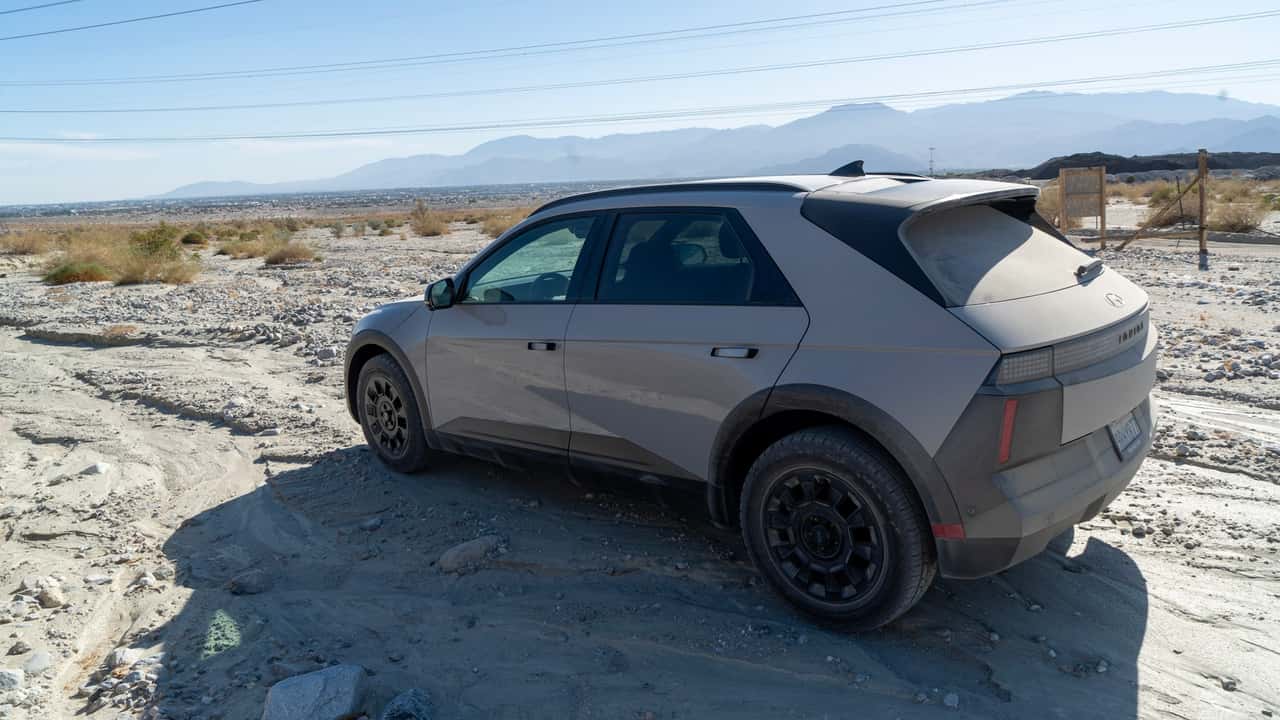
2025 Hyundai Ioniq 5 XRT: Initial Test-drive Images
What an oversight on my part! Driving the Ioniq 5 XRT turned out to be incredibly enjoyable. Despite having just experienced it briefly on a loosely defined off-road track with moderately inclined hills and without any road driving, I discovered that this particular model is rather charming.
I recently penned a tale exploring how electric vehicles (EVs) perform remarkably well in snowy conditions. It includes several features such as a lower center of gravity, better weight distribution, and faster-acting traction control compared to gasoline vehicles.
In off-road conditions, the same rules still hold true. The XRT demonstrated remarkable stability and consistency once we left the paved surfaces, adding an element of enjoyment as well. Switching to Sand Mode, I navigated through the track with ease, impressed by the instant torque from the twin electric motors coupled with flawless traction management. This allowed me to achieve higher velocities than anticipated, all while maintaining better command over the vehicle’s handling. Despite pushing the XRT aggressively, it remained steadfast without ever giving up grip or composure.
You receive the same 320 horsepower and 446 pound-feet of torque as found in any all-wheel-drive Ioniq 5 models, which provides ample power for enjoying yourself once you leave the paved roads behind.
Certainly, you can achieve a controlled drift at the back when driving on loose surfaces, though this often requires significant skill or recklessness. The experience is swift; the steering offers good feedback, and the suspension seems comfortable even with those tires. However, we'll need to assess how it performs on paved roads for an ultimate evaluation.
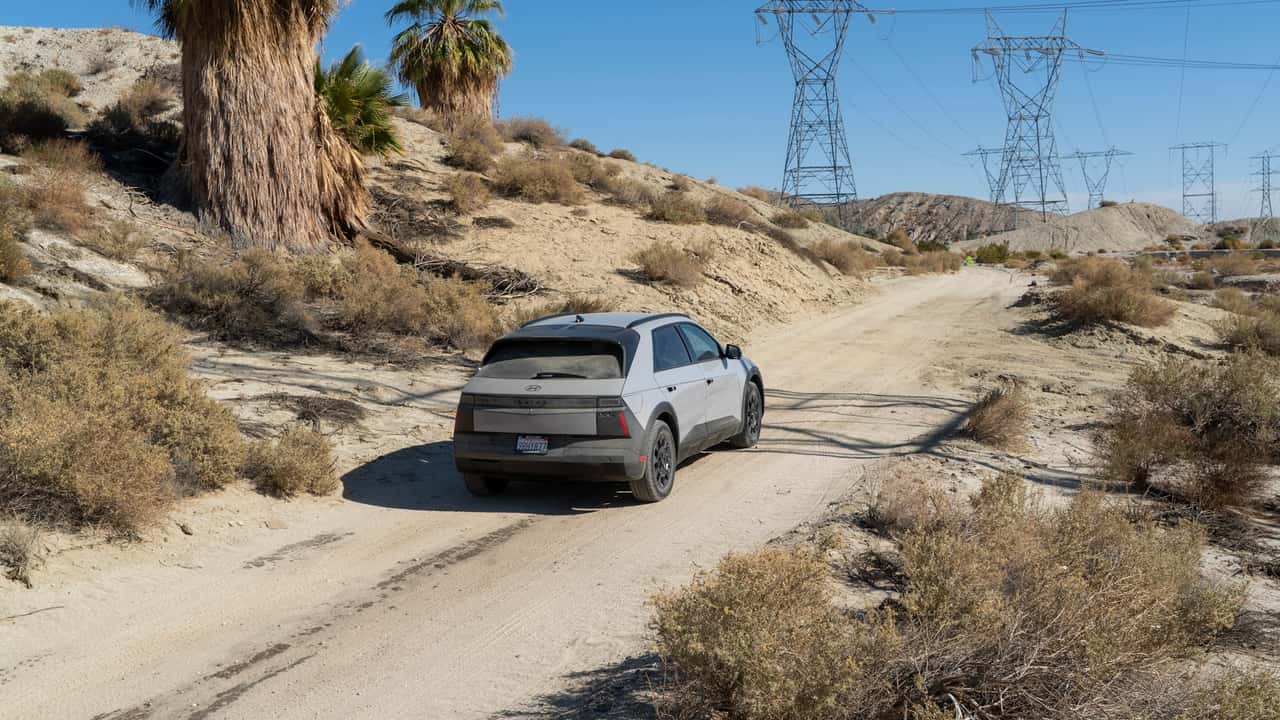
2025 Hyundai Ioniq 5 XRT: Initial TestDrive Images
I appreciate the Ioniq 5 XRT's features, yet one aspect where it could improve is with its camera system during tougher terrains. While these vehicles offer useful assistance for parking situations, they fall short when tackling steep inclines. It would be beneficial to maintain full functionality of the cameras so drivers can better observe their environment and gauge proximity to obstacles such as foliage on both sides. However, similar to standard models, the cameras deactivate above a particular velocity. To allude to an enhancement opportunity—Hyundai, should you commit to ongoing over-the-air software upgrades, consider implementing this improvement; I'm sure many would welcome it enthusiastically.
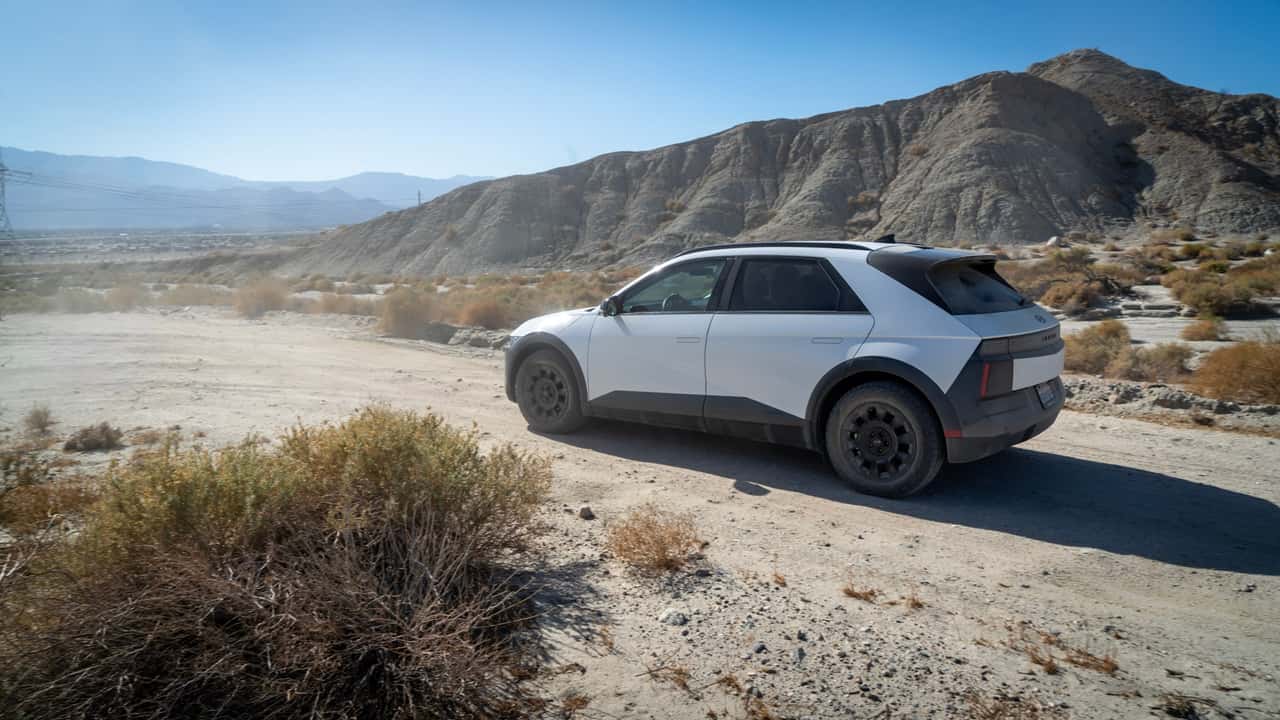
2025 Hyundai Ioniq 5 XRT: Initial Test Photos
I'll mention that there's an undeniable charm in watching numerous Ioniq 5s speeding across a dusty track, reminiscent of a retro-futuristic rally. Given that the Ioniq 5 draws inspiration from designer Giorgetto Giugiaro, this scene brings to mind classic cars such as the older Audi Quattros or Lancia Deltás, but larger and electrified.
In the end, I felt somewhat melancholic about returning it and switching to the standard Ioniq 5. I wished for more time with the XRT.
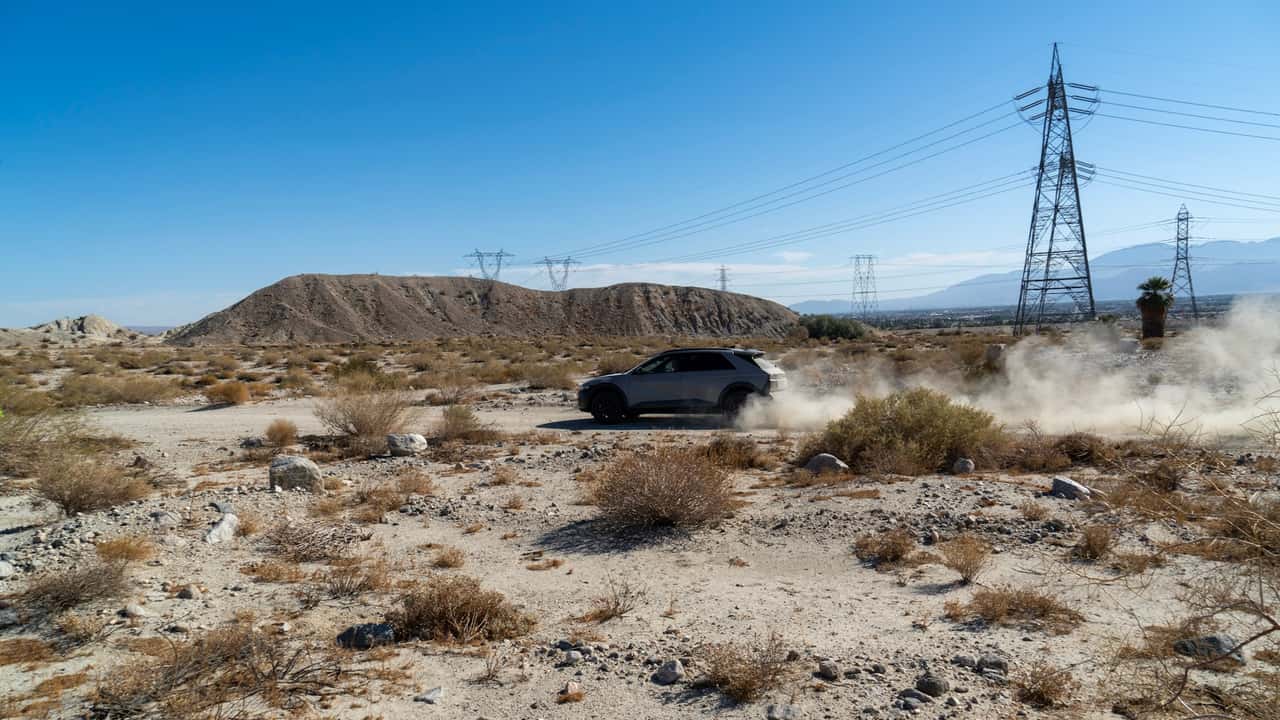
2025 Hyundai Ioniq 5 XRT: Initial Test Drive Images
Pricing And Verdict
The Ioniq 5 XRT model starts at $55,400 excluding destination charges, which adds an extra $6,000 compared to the SEL AWD version I tested earlier. This particular trim level seems likely to be the one most buyers would choose. While the XRT might seem expensive, it remains around $3,500 less than the mentioned Mach-E Rally. However, these models may not be perfectly aligned because the Ford offers 160 additional horsepower and positions itself more as a performance vehicle—similar to comparing a WRX STI with a Crosstrek. Still, Hyundai was the one who drew this comparison, not me.
If rock climbing is your weekend activity of choice, the Rivian R1S remains the top pick among electric vehicles—though a bare-bones used Jeep or Toyota 4Runner might be even more suitable. However, tackling such terrain isn’t the strongest suit for the Ioniq 5 XRT.
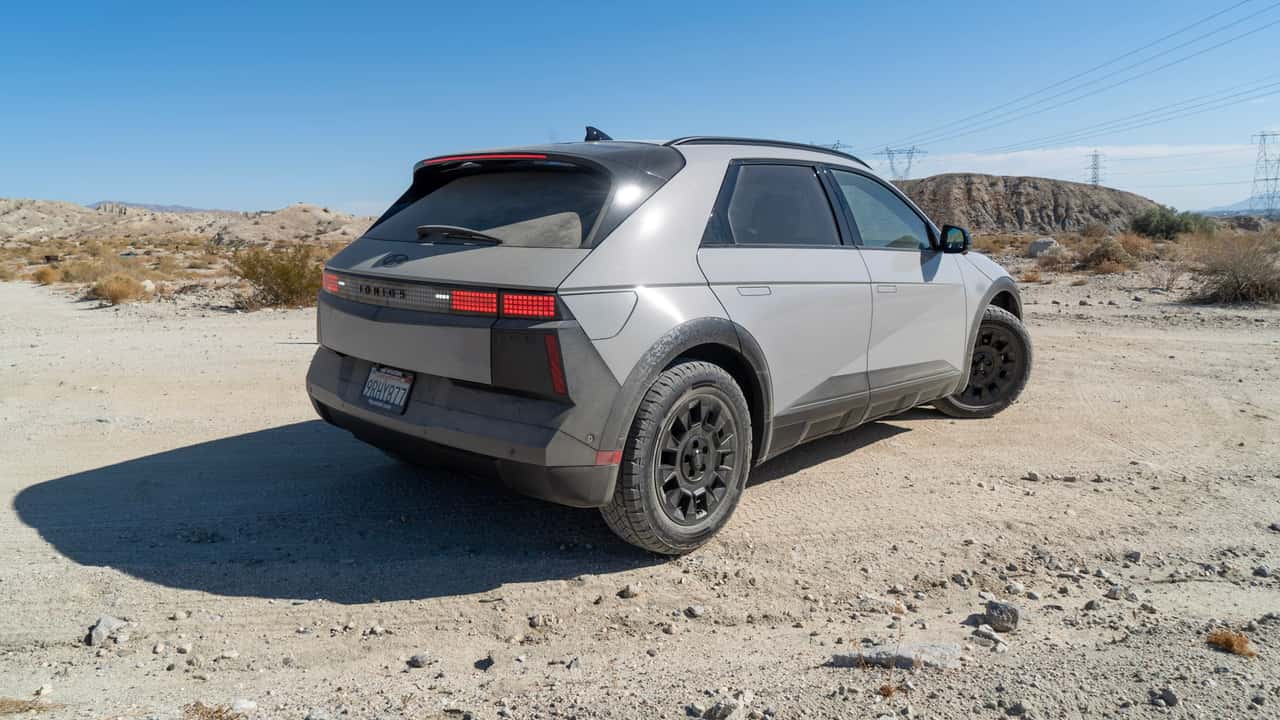
2025 Hyundai Ioniq 5 XRT: Initial Test Photos
If your home is situated on a long dirt road, or you often encounter severe weather conditions and challenging landscapes, or you regularly get stuck under heavy snowfall, then this electric vehicle stands out as an excellent choice. Personally, my situation mirrors the last scenario here in Upstate New York. This past winter brought us more snow than we've seen in many years, and having additional ground clearance coupled with specialized all-terrain tires would undoubtedly provide me with a significant advantage.
For example: Just one week after returning from Palm Springs, I drove my Kia EV6 on a twisty road close to my place that was paved with a mix of asphalt and gravel—and had recently received quite a bit of snowfall. Thanks to the vehicle’s natural aptitude for handling snowy conditions and my own driving skills, the EV6 performed admirably under these circumstances.
The Ioniq 5 XRT could have performed much better. Even if it doesn't match Crosstrek sales figures, this achievement would still be attractive to many buyers.
Contact the author: patrick.george@insideevs.com
More Ioniq 5 News
- The Hyundai Ioniq 5 Is Attracting Numerous Customers Away from Competitors
- 2025 Hyundai Ioniq 5 Receives Discounts While Waiting for Tax Credits to Return
- The Hyundai Ioniq 5 N Redefines Your Understanding of Electric Vehicles on a Racetrack
- The 2025 Kia EV6 GT's 'Virtual Shift' and 'Engine' Sounds Are Impressively Unusual
- Tesla Model 3 vs. Hyundai Ioniq 5: Testing the Tesla Superchargers
- Hyundai Is Offering Free Level 2 Chargers to 2025 Ioniq 5 Purchasers
| 2025 Hyundai Ioniq 5 XRT | |
| Base Price | $55,400 (excl. destination) |
| As-Tested Price | $57,095 (incl. destination) |
| Battery | 84 kWh |
| EV Range | 259 miles EPA estimated (for XRT trim) |
| Drive Type | Dual-Motor AWD |
| Output | 320 hp |
| Charge Time | 10%-80% in 18 min. on 350 kW; 25%-80% in 20 min. on Tesla V3 |
